Ian E. Nielsen
Targeted Background Removal Creates Interpretable Feature Visualizations
Jun 22, 2023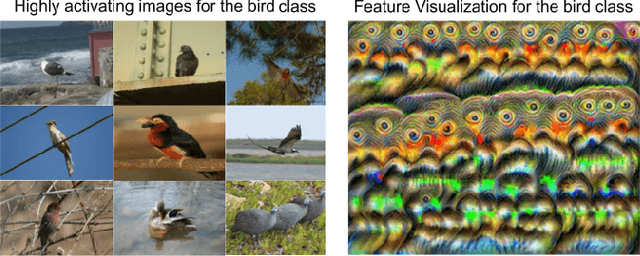

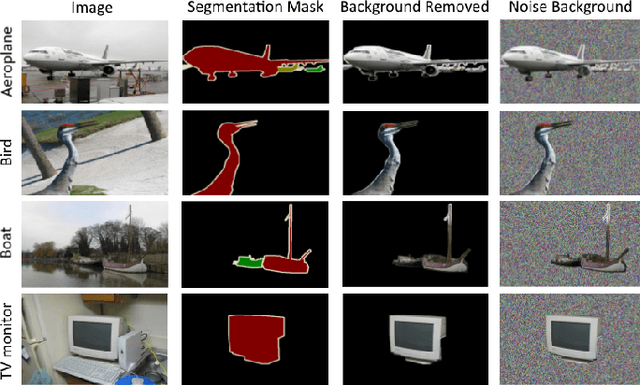

Abstract:Feature visualization is used to visualize learned features for black box machine learning models. Our approach explores an altered training process to improve interpretability of the visualizations. We argue that by using background removal techniques as a form of robust training, a network is forced to learn more human recognizable features, namely, by focusing on the main object of interest without any distractions from the background. Four different training methods were used to verify this hypothesis. The first used unmodified pictures. The second used a black background. The third utilized Gaussian noise as the background. The fourth approach employed a mix of background removed images and unmodified images. The feature visualization results show that the background removed images reveal a significant improvement over the baseline model. These new results displayed easily recognizable features from their respective classes, unlike the model trained on unmodified data.
EvalAttAI: A Holistic Approach to Evaluating Attribution Maps in Robust and Non-Robust Models
Mar 15, 2023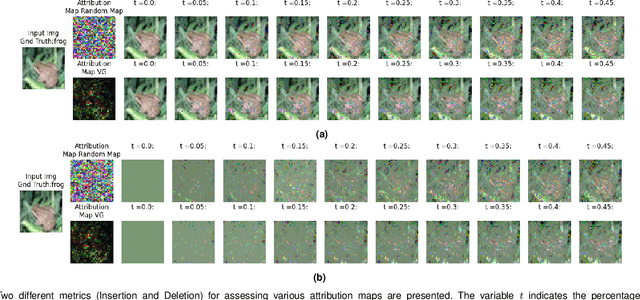
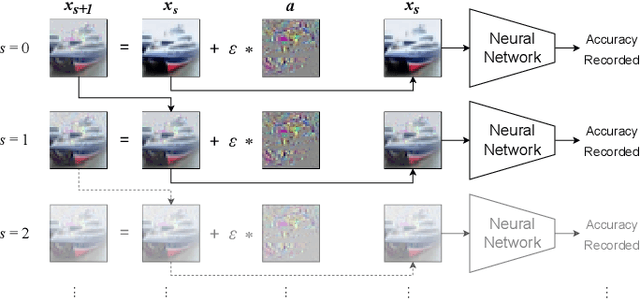
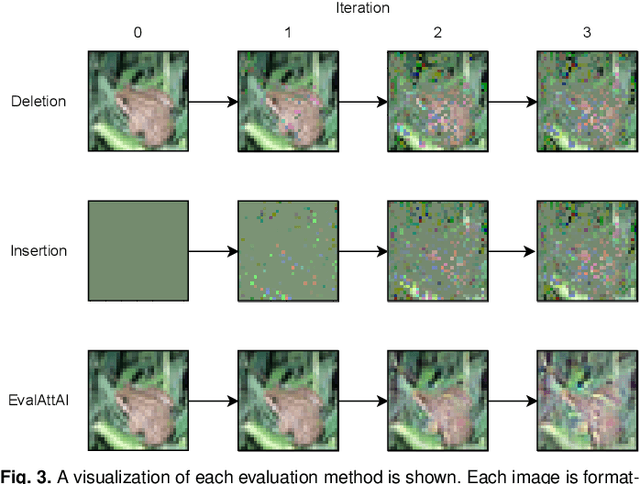
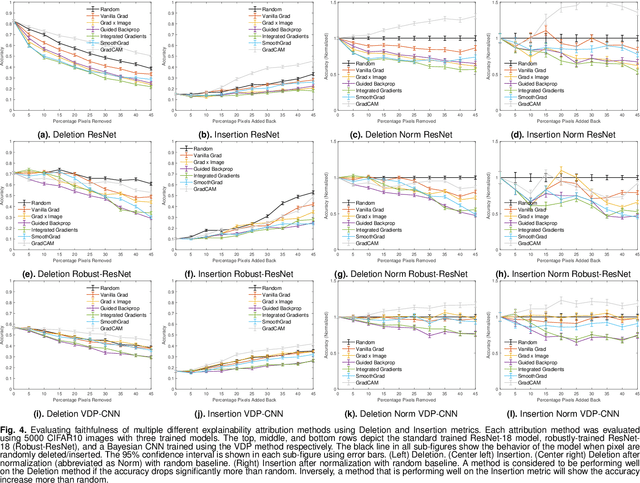
Abstract:The expansion of explainable artificial intelligence as a field of research has generated numerous methods of visualizing and understanding the black box of a machine learning model. Attribution maps are generally used to highlight the parts of the input image that influence the model to make a specific decision. On the other hand, the robustness of machine learning models to natural noise and adversarial attacks is also being actively explored. This paper focuses on evaluating methods of attribution mapping to find whether robust neural networks are more explainable. We explore this problem within the application of classification for medical imaging. Explainability research is at an impasse. There are many methods of attribution mapping, but no current consensus on how to evaluate them and determine the ones that are the best. Our experiments on multiple datasets (natural and medical imaging) and various attribution methods reveal that two popular evaluation metrics, Deletion and Insertion, have inherent limitations and yield contradictory results. We propose a new explainability faithfulness metric (called EvalAttAI) that addresses the limitations of prior metrics. Using our novel evaluation, we found that Bayesian deep neural networks using the Variational Density Propagation technique were consistently more explainable when used with the best performing attribution method, the Vanilla Gradient. However, in general, various types of robust neural networks may not be more explainable, despite these models producing more visually plausible attribution maps.
Transformers in Time-series Analysis: A Tutorial
Apr 28, 2022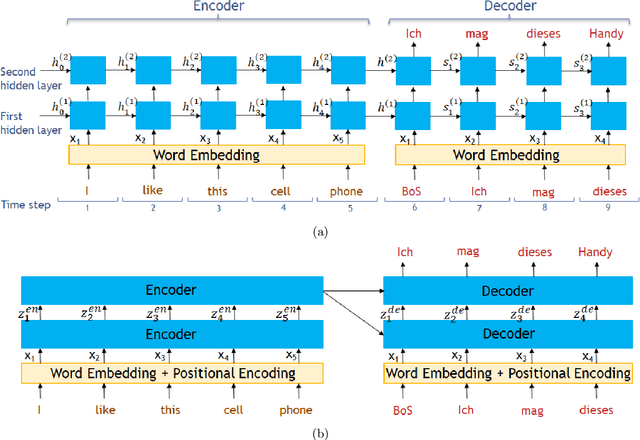
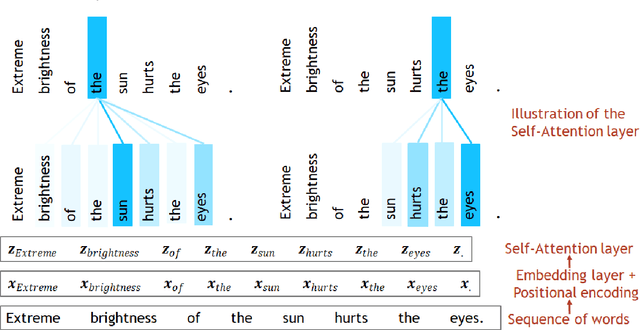
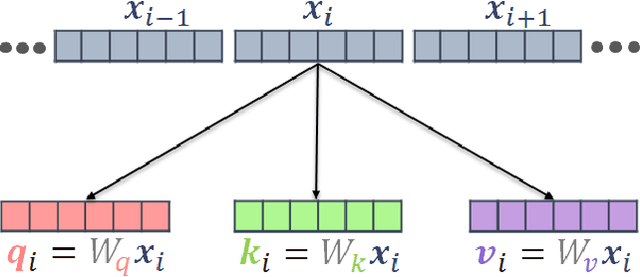

Abstract:Transformer architecture has widespread applications, particularly in Natural Language Processing and computer vision. Recently Transformers have been employed in various aspects of time-series analysis. This tutorial provides an overview of the Transformer architecture, its applications, and a collection of examples from recent research papers in time-series analysis. We delve into an explanation of the core components of the Transformer, including the self-attention mechanism, positional encoding, multi-head, and encoder/decoder. Several enhancements to the initial, Transformer architecture are highlighted to tackle time-series tasks. The tutorial also provides best practices and techniques to overcome the challenge of effectively training Transformers for time-series analysis.
Robust Explainability: A Tutorial on Gradient-Based Attribution Methods for Deep Neural Networks
Jul 28, 2021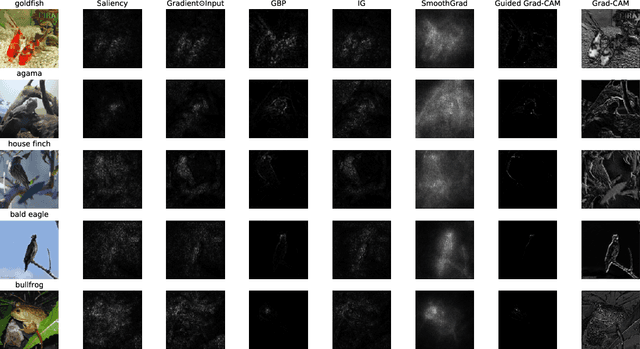
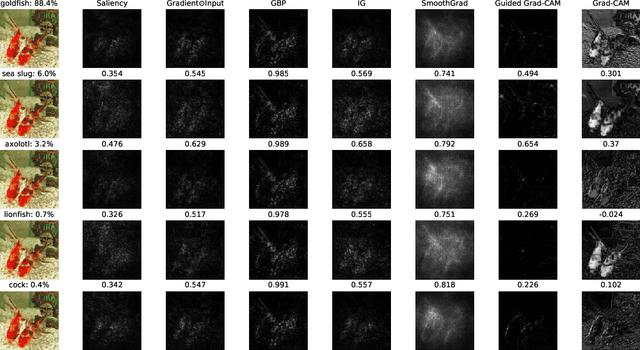

Abstract:With the rise of deep neural networks, the challenge of explaining the predictions of these networks has become increasingly recognized. While many methods for explaining the decisions of deep neural networks exist, there is currently no consensus on how to evaluate them. On the other hand, robustness is a popular topic for deep learning research; however, it is hardly talked about in explainability until very recently. In this tutorial paper, we start by presenting gradient-based interpretability methods. These techniques use gradient signals to assign the burden of the decision on the input features. Later, we discuss how gradient-based methods can be evaluated for their robustness and the role that adversarial robustness plays in having meaningful explanations. We also discuss the limitations of gradient-based methods. Finally, we present the best practices and attributes that should be examined before choosing an explainability method. We conclude with the future directions for research in the area at the convergence of robustness and explainability.
 Add to Chrome
Add to Chrome Add to Firefox
Add to Firefox Add to Edge
Add to Edge